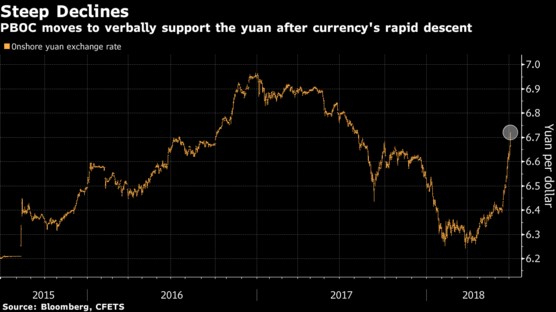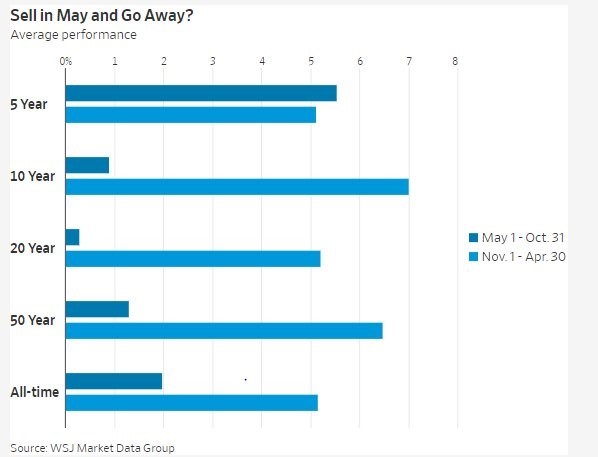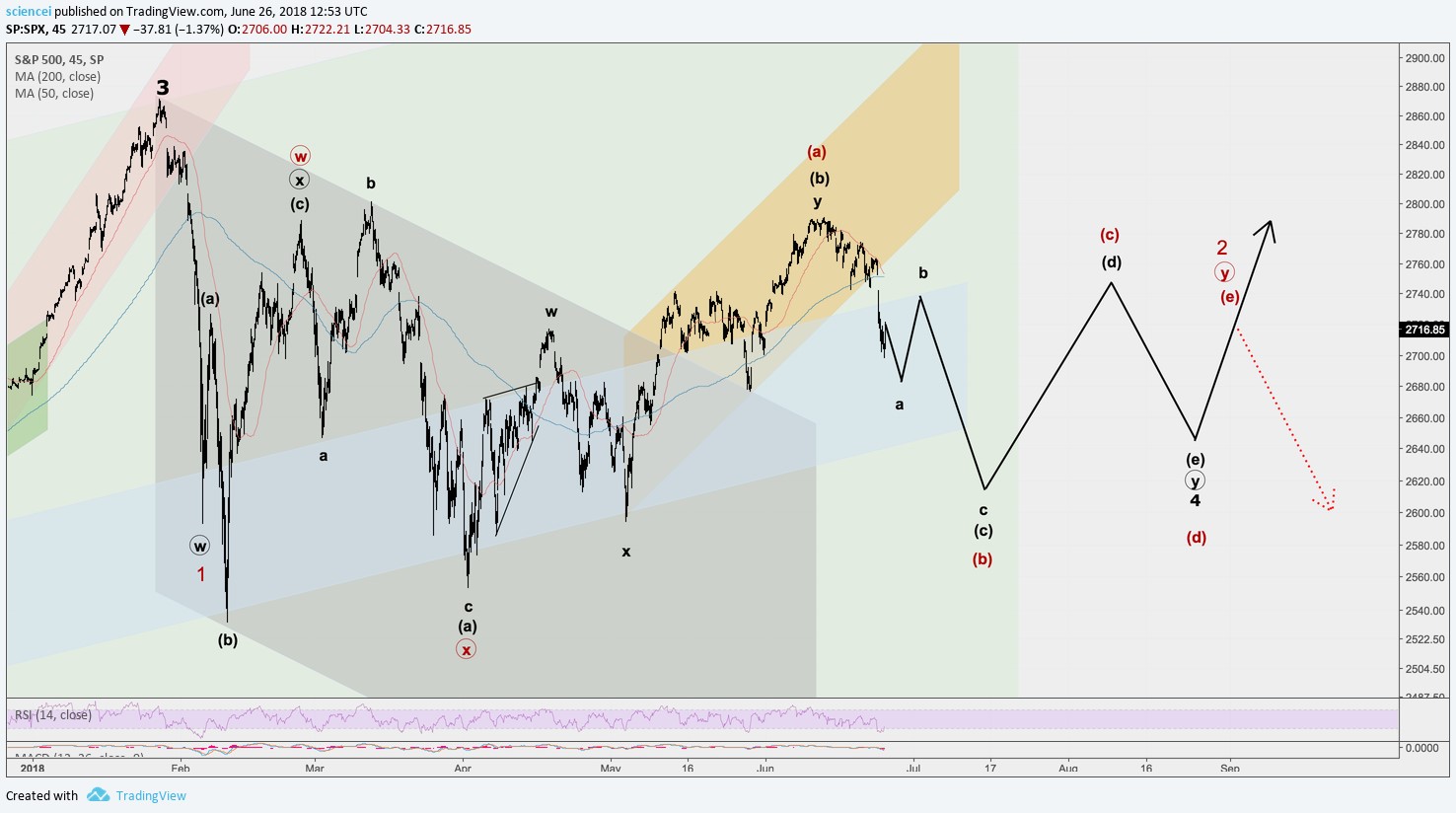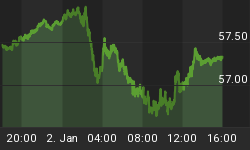The second quarter has proven to be an extremely choppy period for U.S. equities, with the Dow just recording its weakest quarterly gain in 12 years; the broad-market S&P 500 Index slipping 2.5 percent during the final weeks; and even the erstwhile high-flying tech-heavy Nasdaq Composite tanking nearly five percent near the tail end of the period.
All that was thanks to uncertainty in global trade policies especially between the U.S. and the EU/China. Investors have become increasingly fearful that an overly aggressive stance by Trump’s administration and retaliatory tariffs by China and other trading partners would erupt into a full-blown trade war.
Rising protectionism on both sides of the divide is seen as a big risk to global trade and economy.
But then again, maybe that was partly a vindication of the old investing maxim that says to sell in May and go away.
There’s a common belief that summer months tend to be the worst for stocks, trade wars or no trade wars. The funny thing is that those kind of things tend to be self-fulfilling sometimes.
For those of a similar persuasion, maybe recent sentiments by a leading investor will provide further vindication …
Joe Zidle, investment strategist at one of the world’s largest private equity investment firms, Blackstone Group Inc., told CNBC’s Futures Now that investors should expect more of the same during the month of July, with a strong focus on trade wars continuing to roil the markets.
He warns that over the long-term, there’s a real risk that higher tariffs could cause countries to turn inwards, which could be disastrous for the global economy and, by extensions, stock markets.
So an already testy period for stocks now has another major headwind to contend with.
But what happens if the markets get a soft landing instead of the widely expected hard one? After all, positive signs have already appeared on the horizon after president Trump met and held talks with Mexican presidential hopeful, Andres Manuel Lopez Obrador, on Monday thus sparking hopes that the two will enjoy a congenial relationship if he ascends into office. Related: China’s Capital Markets Roiled By U.S. Trade Dispute
But perhaps even more encouraging is the fact that China’s PBOC has promised to desist from deploying the yuan as a weapon if the simmering trade tensions between the two countries escalate into serious wars. That is likely to stem the yuan’s slide, with many analysts expecting China to defend the currency at the 6.7 to the dollar level.

(Click to enlarge)
Source: Bloomberg
Assuming the ongoing trade tensions avoid degenerating into some sort of economic anarchy, there’s good reason for investors to remain bullish through the summer months.
Over the past five years, the May 1-Oct 30 period has managed to turn the tables by providing significantly better returns than the supposedly more productive Nov 1-Apr 30 period.

(Click to enlarge)
Source: MarketWatch
Of course, that has happened at the height of the current bull market. But whoever said the bull is too old to continue running? Bull markets tend to die of fright rather than old age alone. With the economy still doing fine if not great, this bull can still run if the trade overhang is successfully resolved.
Light at the End of the Tunnel
At least Blackstone’s Joe Zidle thinks so.
Zidle says the negative effects of trade spats will eventually be counteracted by strong earnings.
Related: Bitcoin Rallies, But Outlook Remains Bearish
According to FactSet data, the S&P 500 is expected to post average full-year earnings growth of 21 percent, the best in years. Zidle expects that strong showing to push the benchmark index to a cool 3,000 by year-end--a nice 10 percent increase from the current level and 12 percent YTD gain.
Zidle’s sentiments appear to be well supported by short-term Elliott Wave analysis.

(Click to enlarge)
Source: Science Investing
By Alex Kimani for Safehaven.com
More Top Reads From Safehaven.com:

















